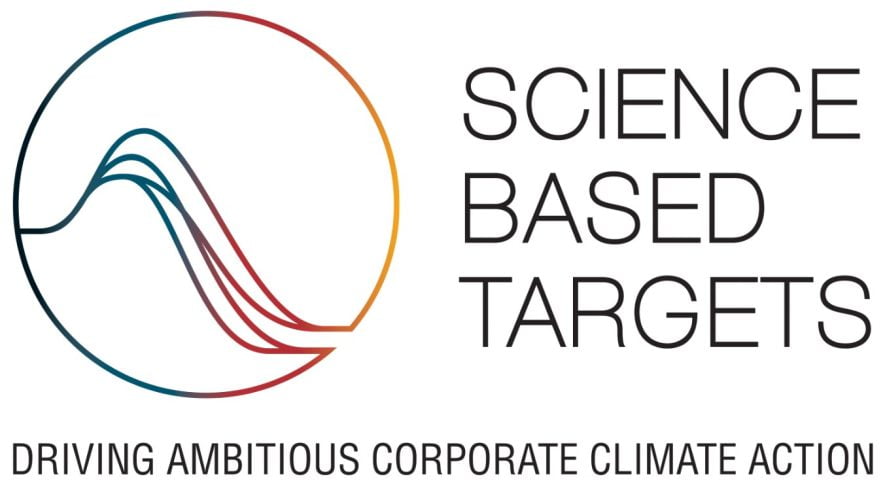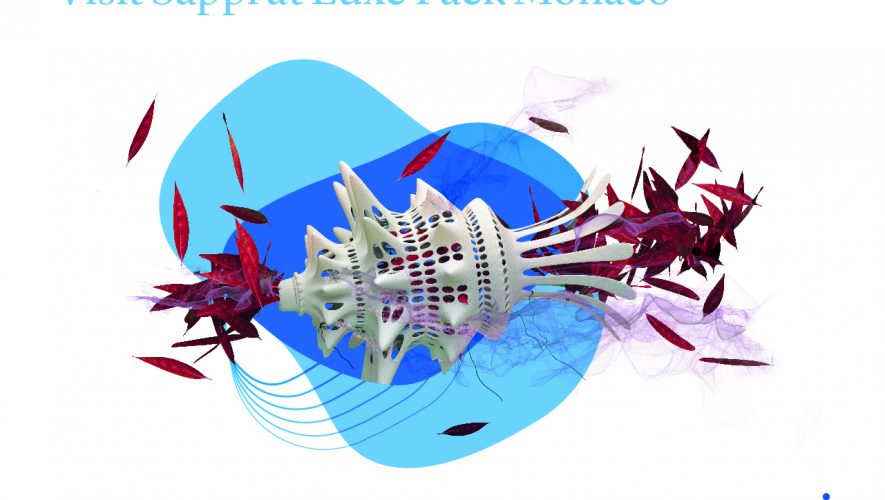Siegwerk, one of the leading global providers of printing inks and coatings for packaging applications and labels,
has had its science-based climate targets validated by the Science Based Targets initiative (SBTi). Siegwerk joined the initiative with a commitment letter in 2022, and has set near- and long-term company-wide emission reductions in line with science-based net-zero with the SBTi.
SBTi is a global body enabling businesses to set ambitious emissions reduction targets in line with the latest climate science. It is focused on accelerating companies worldwide to halve emissions before 2030 and achieve net-zero emissions before 2050.
The initiative is a collaboration between CDP, the United Nations Global Compact, the World Resources Institute (WRI), the World Wide Fund for Nature (WWF), and one of the We Mean Business Coalition commitments. The We Mean Business Coalition is a global coalition of nonprofits working together to accelerate the transition to a net-zero economy. The SBTi defines and promotes best practices in science-based target setting, offers resources and guidance to reduce barriers to adoption, and independently assesses and approves companies’ targets.
Siegwerk has had the following science-based targets validated:
Overall net zero target: Siegwerk commits to reaching net-zero greenhouse gas emissions across the value chain by 2050.
Near-term targets: Siegwerk commits to reduce absolute scope 1 and 2 GHG emissions 42% by 2030 from a 2020 base year.* Siegwerk also commits to increase active annual sourcing of renewable electricity from 0% in 2020 to 100% by 2025, and to continue active annual sourcing of 100% renewable electricity through 2030. Siegwerk further commits to reducing absolute scope 3 GHG emissions from purchased goods and services 25% by 2030 from a 2020 base year.
Long-term target: Siegwerk commits to reduce absolute scope 1 and 2 GHG emissions 90% by 2050 from a 2020 base year.* Siegwerk also commits to reduce absolute scope 3 GHG emissions 90% within the same timeframe.
With the validation of these SBTi targets, Siegwerk is raising the bar in the inks and coatings industry.
“The latest climate science shows it is still possible to limit global temperature rise to 1.5°C, but we are dangerously close to that threshold. Businesses play a crucial role in this, and Siegwerk is fully committed to playing its part. Having our targets validated by SBTi is a way to align our strategy with the latest and soundest science on the topic, and make sure we really walk the talk,” said Alina Marm, Global Head of Sustainability and Circular Economy at Siegwerk.
The target setting is embedded in a clear reduction strategy covering Siegwerk’s value chain and own operations.



